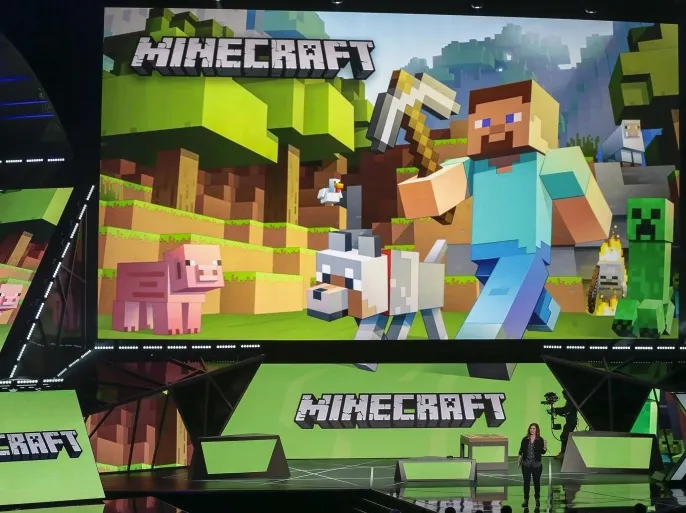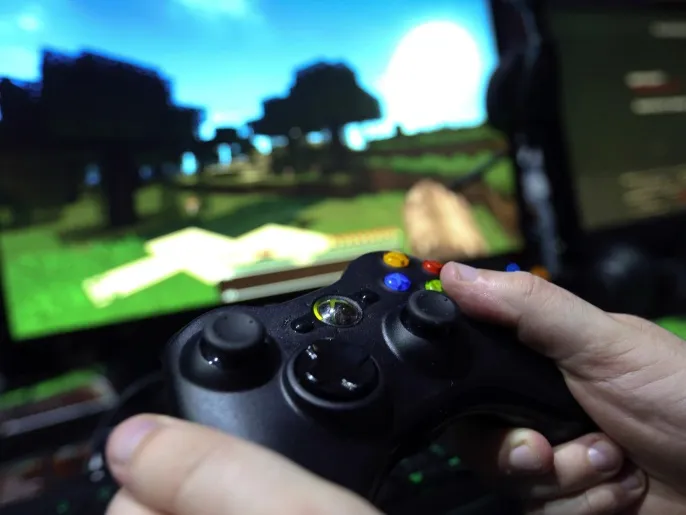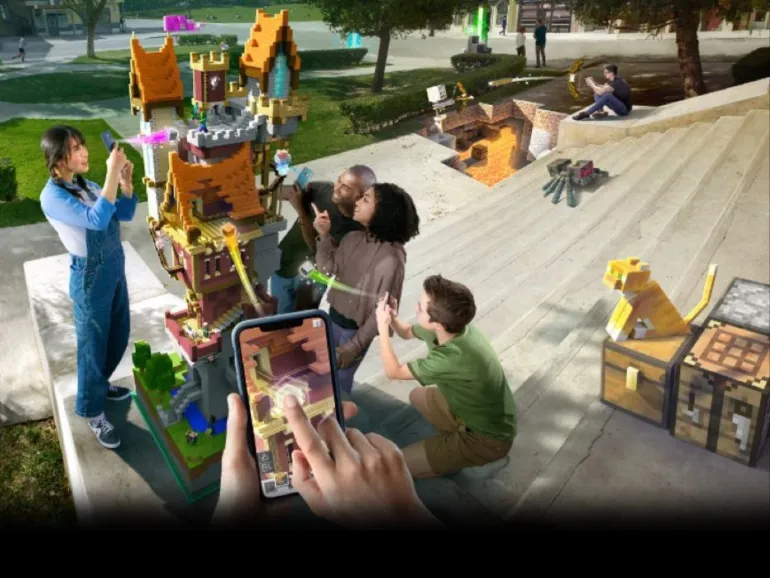Minecraft : How is the Game Shaping the Future for Thousands of Children?
Minecraft
In the gaming realm, Minecraft emerged as a phenomenon from its inception, captivating audiences across diverse demographics. Unlike its counterparts, Minecraft’s allure continues to surge, akin to a snowball gaining momentum with each passing day.
Its widespread popularity has propelled Minecraft to the forefront of the gaming landscape, captivating individuals of various ages and interests. While lauded by many for its innovative gameplay, Minecraft has also faced criticism from concerned parents and educators, who decry its potential to foster time wastage, violence, and social withdrawal—a shadow cast over its otherwise stellar reputation.
Enter “Minecraft Education,” a strategic response from the game’s developer, Microsoft, aimed at dispelling misconceptions and underscoring the game’s unique value proposition. Yet, amidst these efforts, the question lingers: has Minecraft Education succeeded in reshaping perceptions and overcoming the stigma associated with the game?
To get Minecraft
You can also see:
Palworld: Third-Largest Concurrent Player Game in Steam History



